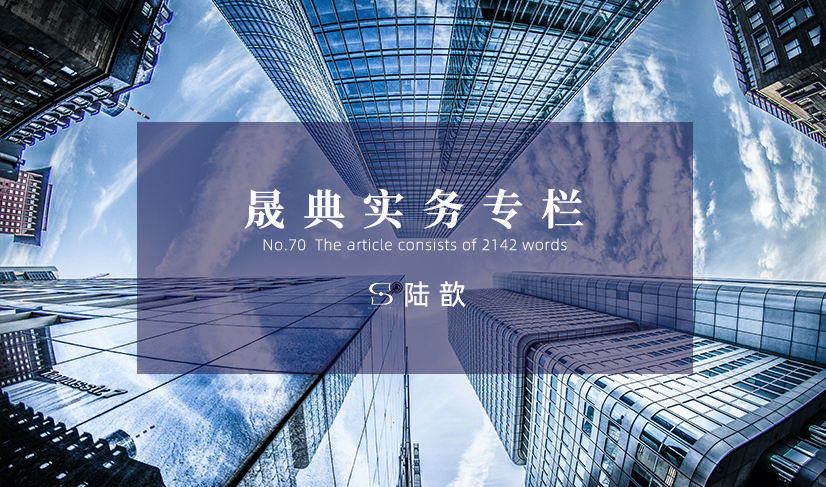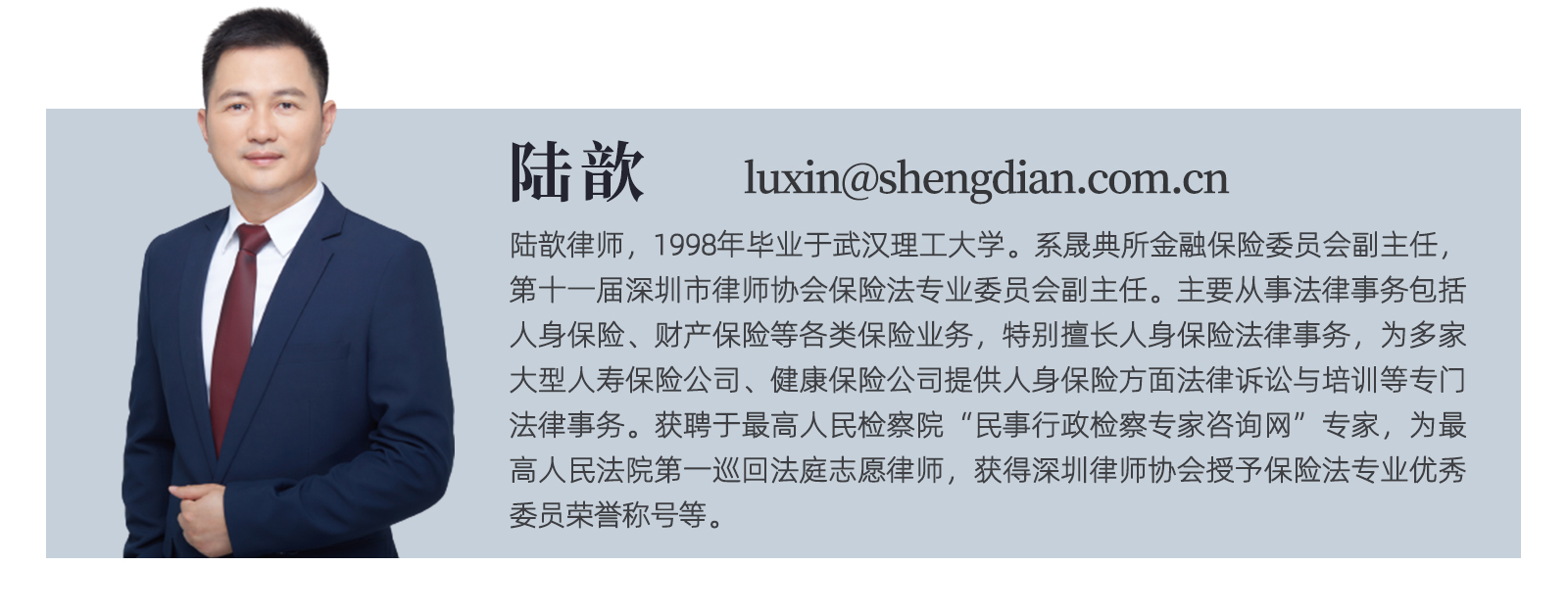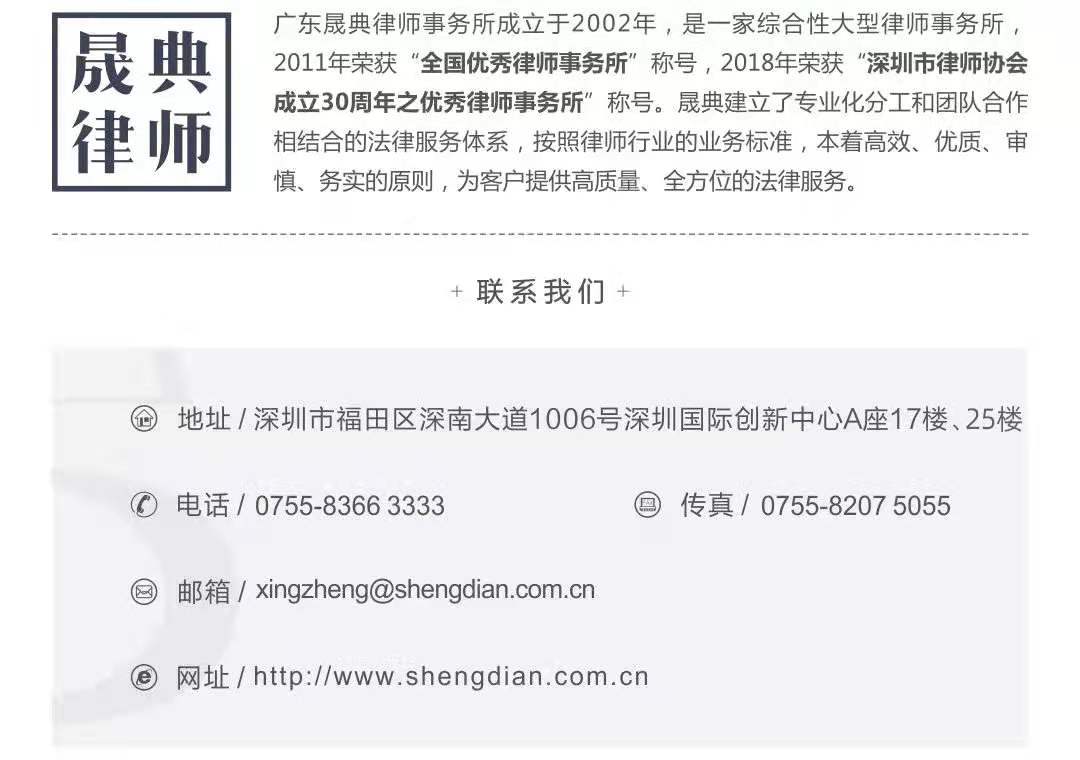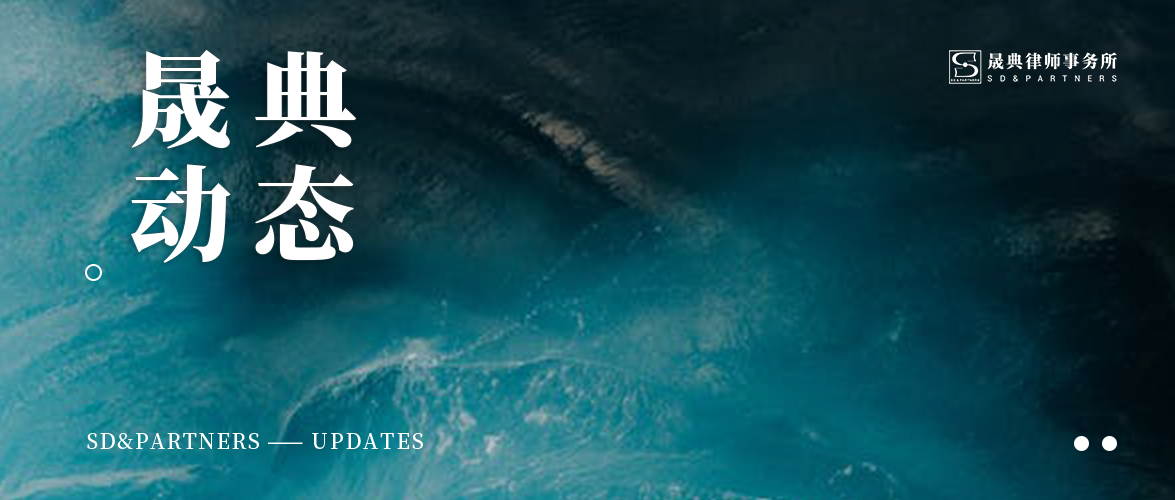How do new crown Omicjon infected people get health insurance?
![]() Loading...
Loading...
![]() 2022.03.29
2022.03.29

"Omikjon"It is one of the variant strains of the virus that cause the new coronavirus pneumonia, and since its first detection in South Africa on November 9, 2021, it has replaced the Delta (Delta) virus, which previously dominated the world, and the new coronavirus variant Omicjon has become the dominant strain in the global epidemic. After the Spring Festival, many places in Shenzhen have spread the epidemic, the government is vigorously and orderly implementation of medical treatment, flow control traceability, nucleic acid testing, isolation control, strict prevention of export and other disposal work, spare no effort to stabilize the epidemic situation, resolutely safeguard the safety and health of the public. After the new crown Omicjon infection is cured, whether it has an impact on the insurance of health insurance, how insurance companies deal with such insurance applications, has always been a matter of concern.

1.According to the report in the article "President of Shenzhen Third Hospital: 70% of the patients admitted are asymptomatic or mild, and long-acting vaccines that can be inhaled will be developed" by Shenzhen Satellite TV, Lu Hongzhou, President of Shenzhen Third People's Hospital, said in an interview with the media that the hospital is the only designated hospital for newly-crowned infected people in Shenzhen. Currently, the newly-crowned patients admitted are mainly Omicrong cases, and about 70% are asymptomatic or mild patients. The clinical manifestations of the patients after infection were mild, and the main clinical manifestations were cough, sore throat, and fever. Some patients also had nasal congestion, runny nose, fatigue, headache, myalgia and gastrointestinal symptoms.
2.The Omicjon virus belongs to a novel coronavirus variant strain, and the clinical typing of infected persons is also based on the "Novel Coronavirus Pneumonia Diagnosis and Treatment Program (Trial Eighth Edition). The Novel Coronavirus Pneumonia Diagnosis and Treatment Program (Trial Eighth Edition) classifications patients into four categories: light, ordinary, heavy and critical. The symptoms of the four types of patients are as follows:
(I) Light.The clinical symptoms were mild, no imaging manifestations of pneumonia.
(II) Ordinary type.With fever, respiratory symptoms, imaging manifestations of pneumonia.
(III) Heavy duty.Adults meet any of the following:1. Shortness of breath, with RR≥ 30 times/min;2. In resting state, oxygen saturation ≤ 93 when inhaling air;3. Arterial oxygen partial pressure (PaO2)/oxygen concentration (FiO2)≤ 300mmHg(1mmHg = 0.133kPa); In areas with high altitude (altitude exceeding 1000 meters), PaO2/FiO2 should be corrected according to the following formula: PaO2/FiO2 ×[760/atmospheric pressure (mmHg)].4. The clinical symptoms were aggravated progressively, and the lung imaging showed that the lesions progressed more than 50 within 24-48 hours.
(IV) Critical.One of the following conditions:1. Respiratory failure and the need for mechanical ventilation;2.Shock appears;3. Complicated with other organ failure requires ICU monitoring and treatment. Different clinical types represent differences in the severity of symptoms, which will have different effects on insurance companies' underwriting decisions.

3.The policyholder who was once infected with the new crown Omicjon applies for insurance, and the insurance company evaluates and classifies the insurable risk after receiving the application for insurance, and decides whether to insure or under what conditions. According to the underwriting guidelines, the risk level of the insured is divided into five levels from light to heavy, namely, excellent, standard, sub-standard, deferred and rejected, and each risk level will have different underwriting results and rate adjustments. Taking the standard body as an example, the insurance company classifies the insured whose probability of loss is not significantly higher than the average as the standard body, and the insurance rate is the standard rate. The premium of the standard insured will be higher than that of the insured in the same age and gender, but lower than that of the insured in the same age and gender sub-standard. Most insured persons fall into the standard body risk class. From an underwriting perspective, this type of underwriting is called unconditional underwriting.
4.When the cured new crown Omicjon infected people are insured for health insurance, the insurance company will conduct health inquiries, which generally do not include light and common symptoms, but a small number of insurance products directly ask "whether they have ever had novel coronavirus pneumonia" as a single item. Because the new coronavirus pneumonia has been included in the national list of legal infectious diseases, people infected with Omicjon will generally be admitted to hospital treatment. Information on hospitalization will generally appear in the health inquiry.
It is generally believed that the symptoms of Omicjon infection are mild or common and generally will not affect the insurance company's underwriting decision. Insurance companies generally conduct risk assessments on a standard body basis and collect premiums at standard body rates. For severe or critical patients, combined with clinical, generally with other underlying diseases or caused by it. For other basic diseases, although the policyholder does not assume the obligation to inform indefinitely, he is obliged to inform within the scope of the insurance company's inquiry. For such patients, their risk level may be rated as sub-standard or non-insured, the sub-standard body is still insurable, but increasing the insurance rate or doing exclusive insurance liability is an option for the insurance company, and if it is rated as non-insured, it cannot be insured for health insurance. Of course, there are differences in the risk assessment of each insurance company, and the insured may also be conditionally accepted for coverage after undergoing a medical examination arranged by the insurance company.
Considering that people infected with Omicjon are basically asymptomatic or mild patients, they are generally not affected by their health insurance after they are cured and discharged from the hospital.

5.The insured is the party to the insurance contract, and the insured is the person related to the insurance contract. When the insured and the insured are not the same person, the insured shall verify the contents of the health inquiry of the insurance company to the insured one by one and inform the insurance company. Under normal circumstances, the insurance company will generally require the insurance clerk to meet the insured and require the insured to sign the insurance policy. Of course, the policyholder also does not bear the obligation of unlimited disclosure, the insurance company does not ask can also not answer. In this regard, Article 6 of the Interpretation (II) of the Supreme People's Court on Several Issues Concerning the Application of the the People's Republic of China Insurance Law stipulates: "The obligation of the insured to inform is limited to the scope and content of the insurer's inquiry. If the parties dispute the scope and content of the inquiry, the insurer shall bear the burden of proof. If the insurer requests the termination of the contract on the grounds that the policyholder has violated the obligation to truthfully inform the general terms listed in the insurance policy inquiry form, the people's court shall not support it. Except where the general clause has specific content."
The insurance contract is the largest contract of good faith. When the applicant fails to tell the truth and an insurance accident occurs, the insurance company shall, according to the actual situation, distinguish between intentional and gross negligence, and have the right to decide to terminate the insurance contract without refunding the insurance premium, or to terminate the contract and refund the premium, or to negotiate to increase the insurance fee to maintain the validity of the contract and increase the exclusion liability. Of course, the time limit for the insurance company to exercise the right to terminate the insurance contract is generally two years from the time of the establishment of the insurance contract, more than two years, even if the policyholder has the act of not truthfully informing, the insurance company can not terminate the insurance contract and should bear the insurance liability.
Introduction to the Author




